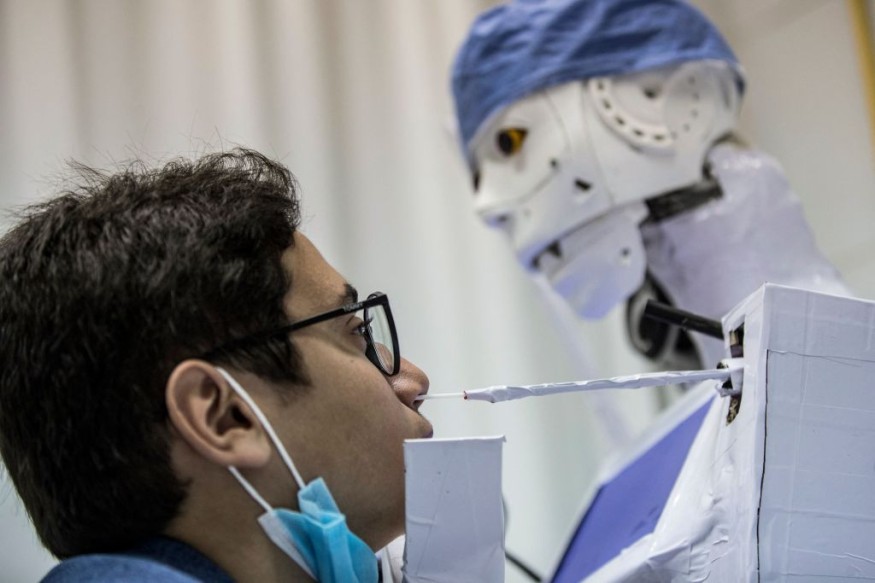Disease detection through "smelling" can soon become a reality after scientists developed a "robot nose" that could use a patient's breath as its immediate data, according to a new study.
An international team of scientists is currently working on novel techniques that will allow such technology to analyze chemical compounds not only from a person's breath, but also his or her sweat and tears.
The scientists call the partially untapped diagnostic technology as volatolomics.
In spite of its promising future, the method is still a few steps aware from being used in a laboratory setting, as well as being commercially available for consumers and doctors.
The study reportedly puts emphasis on volatile organic compounds (VOCs), a group of airborne particles that we smell, whether it came from a delicious food or a fragrance.
The team also used the notion that all living organism releases VOCs as a biological process for communication, defense, and even reproduction.
Amongst all the disease, the applicability of volatolomics is significant for cancer, especially during the tumors' crucial beginning stages, which still be treated or mitigate through early detection.
Since there is no known cure for all types of cancers yet, the immediate diagnosis of cancer and other diseases are one of the most helpful ways toward treatment.
Robot Nose

In the new paper published in the journal Nano Research on June 29, scientists are underway in using the potential power of the volatolomics technology, for purposes of screening and diagnosing hidden diseases.
Scientists also acknowledge the current obstacles faced by the mentioned cutting-edge detection technology.
The research team also offered their study as future perspectives and a basis for where the main research gaps lie, which will be thought by the authors themselves.
Although the said method is relatively new, smelling someone's breath to find illnesses had its roots dating back to the Ancient Greece and Ancient China, where the Greek physician Hippocrates and Chinese doctor Bian Que utilized volatolomics before.
Challenges on Disease Treatment
In the past several decades, the scientific community continues to find ways in curing various types of diseases, which have plagued not only humans but also some animal species, even before the onset of modern medicine.
In the field of medicine, disease treatment has become a challenge as some pathogens like bacteria and viruses have learned to adapt to modern medicinal drugs.
Other diseases are not caused by pathogens, but rather by factors related to certain genetic, environmental, and lifestyle.
The Centers for Disease Control and Prevention (CDC) provided some of the most notable diseases and conditions that the world had experienced or is currently experiencing:
- Asthma
- Avian influenza
- Cancer
- COVID-19
- Diabetes
- Ebola
- Flu
- Heart disease
- Hepatitis
- HIV
- Meningitis
Diseases affect millions of people worldwide, as seen in previous reports.
The World Health Organization (WHO) stated in December 2020 that the first on the list on the top 10 causes of death globally is ischemic heart disease followed by stroke and chronic pulmonary disease.
Related Article: Animal Studies: New Cancer Vaccine Bypasses Tumor Defenses
© 2025 NatureWorldNews.com All rights reserved. Do not reproduce without permission.





